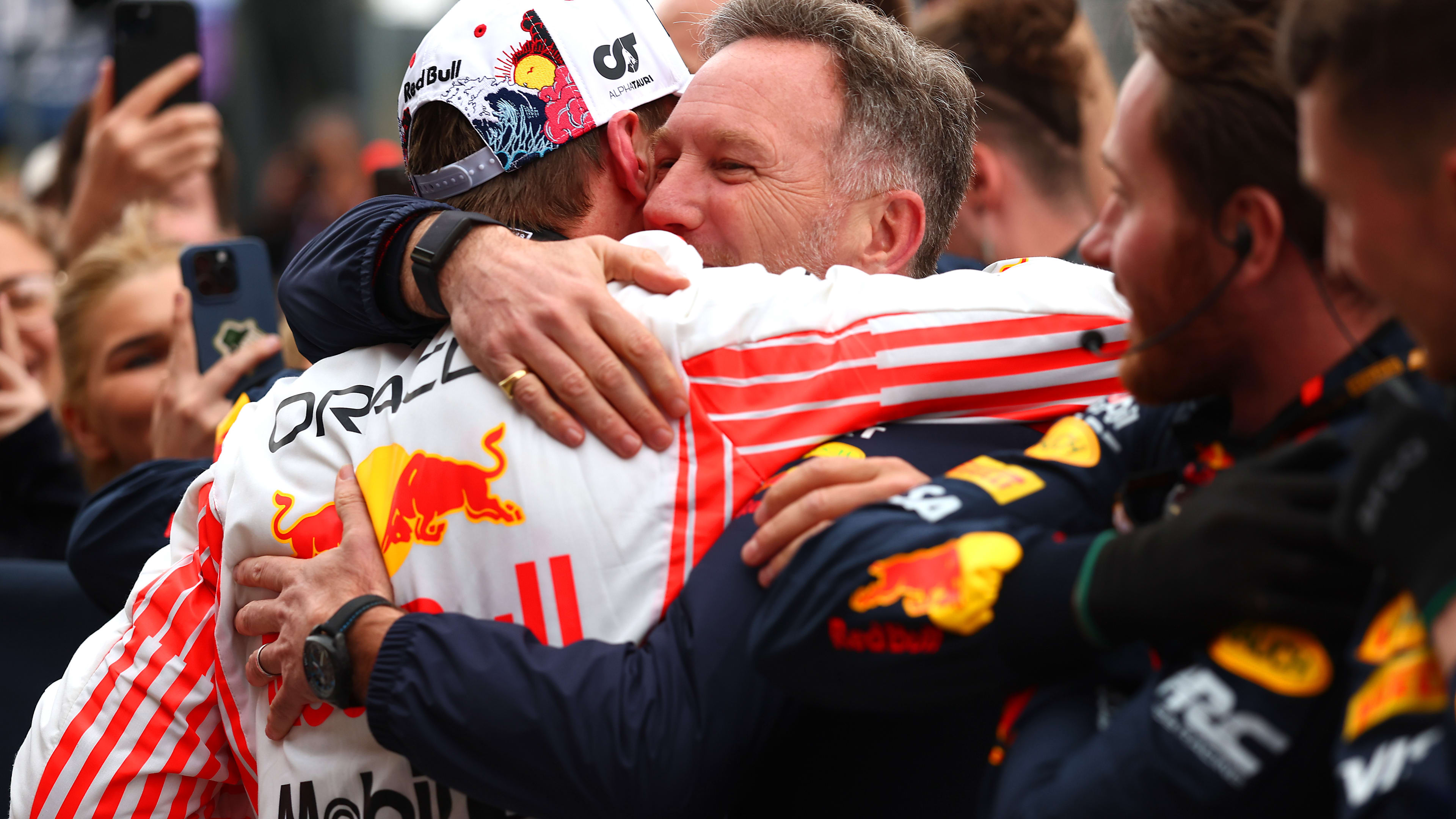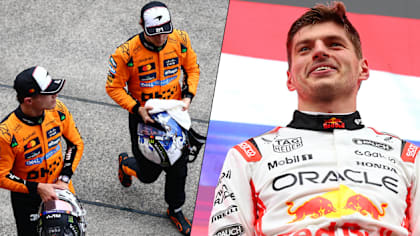
Feature
ANALYSIS: This is how much time Hamilton’s damage really cost him in the Austrian GP
By Greg Stuart and Jamie May
Share

Over half a second per lap – that’s how much Mercedes estimated Lewis Hamilton had lost as a result of damage sustained midway through the Austrian Grand Prix. But are they right? We've combed through the data to find out – and to see if Lando Norris would have been quick enough to finish P2 had he not had that five-second penalty…
In the immediate aftermath of the race, Mercedes reckoned that Hamilton riding roughshod over the Turn 10 kerb at the end of Lap 29 had probably caused damage to the aerodynamic devices around the rear of the car that cost him an ‘easy’ second place – although Hamilton also had an encounter with the Turn 1 sausage kerb that probably didn’t help matters either.
Speaking after the Grand Prix, Mercedes’ trackside engineering director Andrew Shovlin told the media: “We had damage on Lewis’ car, with some deterioration on some of the aero bits on the rear ‘cake tin’. That cost him a lot of performance, which is what ultimately dropped him from second to fourth.
“The downforce loss was around six or seven-tenths but as it was all from the rear, the balance became difficult and we were damaging the rears with sliding.”
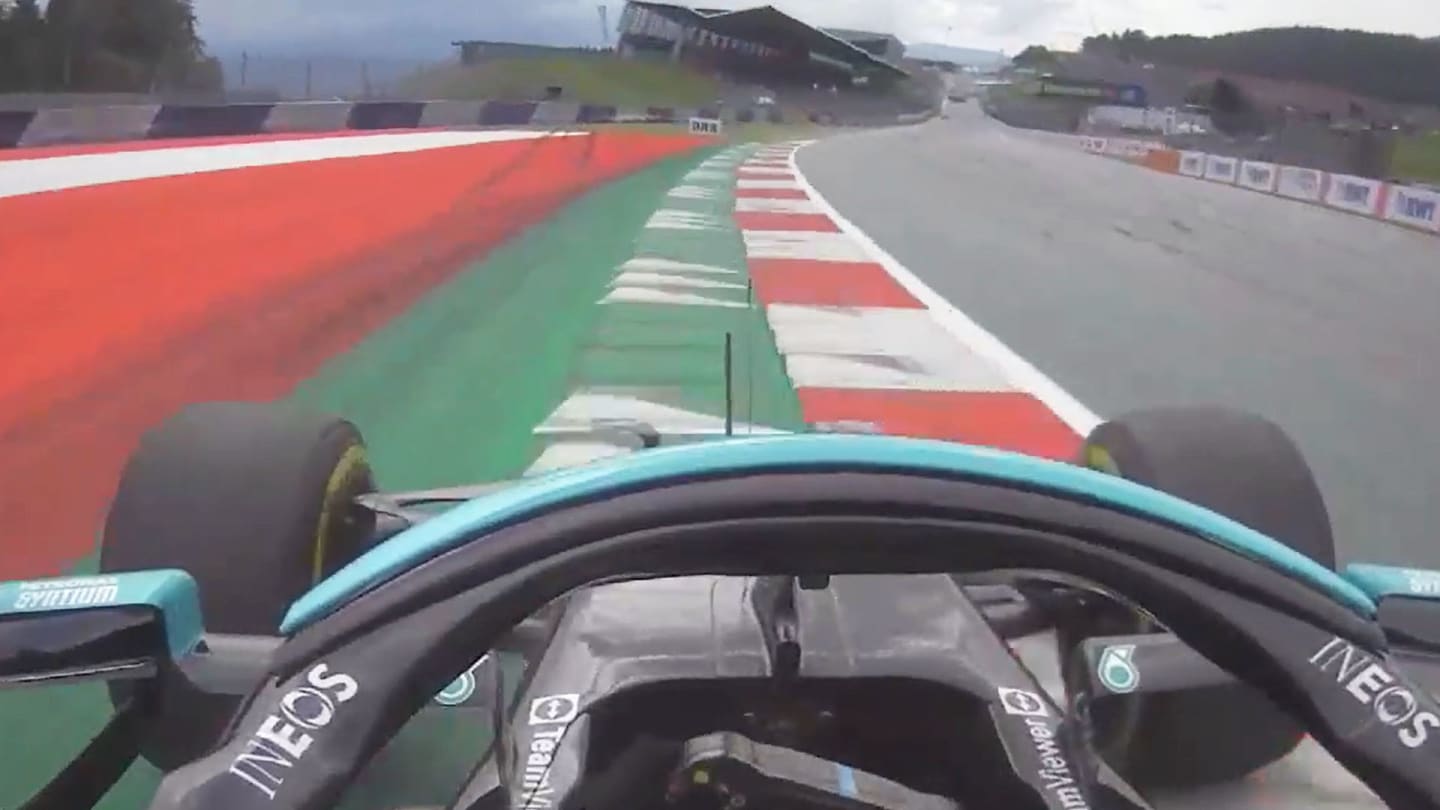
Mercedes believe this was the moment on Lap 29 when Hamilton damaged his car
Looking at the data in the chart below, you can see how Hamilton’s lap times compared with those of Norris throughout the race – the turquoise line representing Hamilton’s lap time, shown in seconds, while the papaya orange line is, of course, Norris. The splits in the lines on the chart represent Norris and Hamilton’s pit stops, one for Norris, two for Hamilton.
READ MORE: Bodywork damage cost Hamilton over half a second per lap, say Mercedes
As the data shows, Hamilton was able to lap marginally faster than Norris between Laps 1-36, the advantage averaging out to 0.093s in Hamilton’s favour in those laps.
Between Lap 37-71 – with the first pit stops complete, and Hamilton clearly starting to feel the pain of his aerodynamic damage (which Team Principal Toto Wolff estimated at around 30 points of downforce loss, a significant chunk) Norris’ laps averaged out at 0.364s faster than Hamilton’s – a swing of 0.457s per lap.
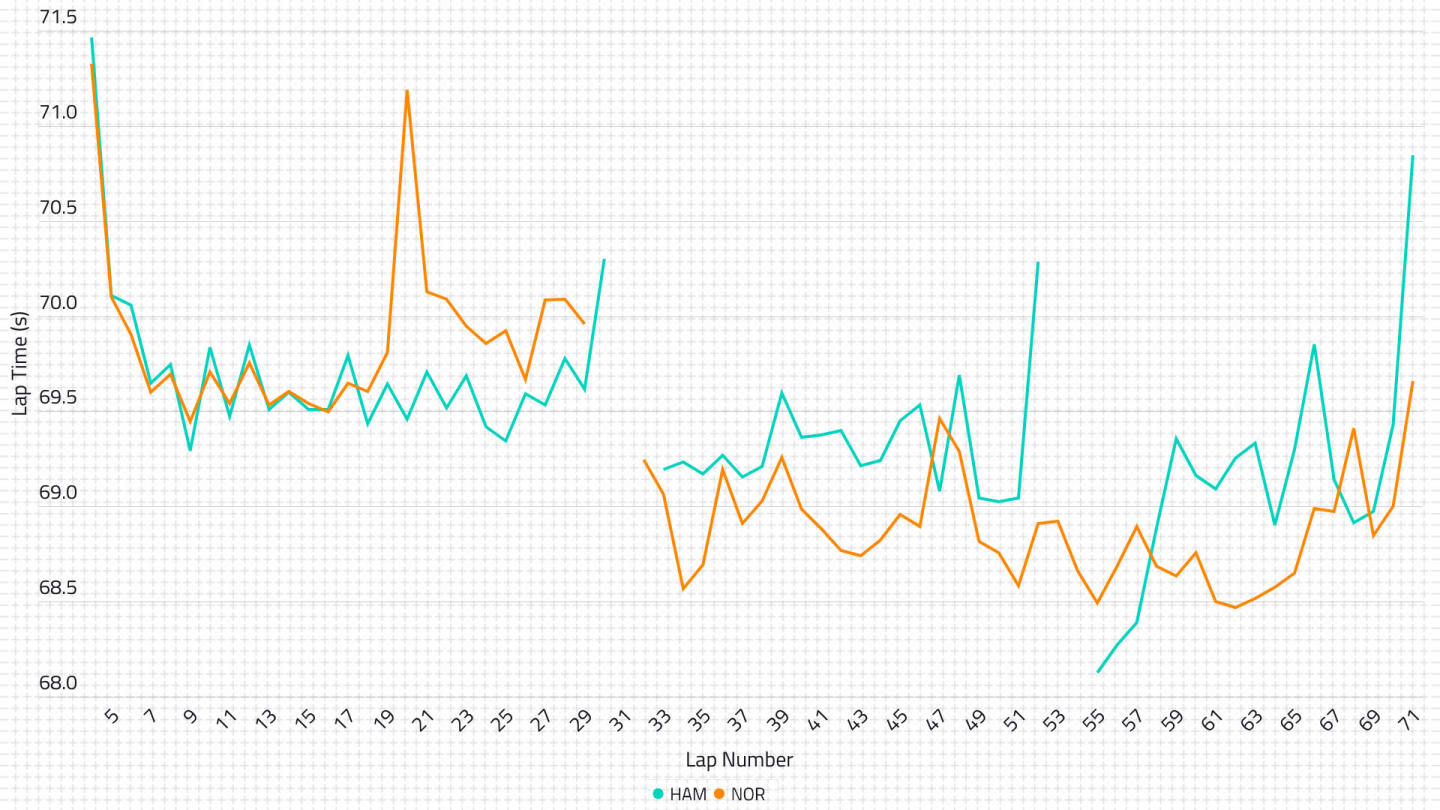
Of course, you could argue that once Hamilton was passed by Norris on Lap 53 (with Hamilton then immediately diving into the pits for fresh tyres) he could afford to slacken off his pace a touch, given he was resigned to not fighting for the podium – although he still had to keep Sergio Perez, running P5 on the road, at bay.
But it would seem from the data that Mercedes’ claim of ‘six or seven-tenths’ might have been a touch generous towards Hamilton.
Would Norris have claimed P2 without his penalty?
As we’ve already seen, Lando Norris’ pace was impressive relative to Mercedes at the Austrian Grand Prix. But would it have been enough to hold Valtteri Bottas at bay had Norris not been given a five-second penalty, after being judged to have forced Perez off track at Turn 4?
LISTEN: To penalise or not to penalise… the F1 Nation gang review the Austrian Grand Prix
2021 Austrian Grand Prix: Pérez loses places after thrilling wheel-to-wheel battle with Norris
The upshot of the incident was that Norris – running in P3 at the time behind Hamilton (this was pre-Hamilton’s damage) with Bottas behind Norris and unable to make his way past – was forced to serve the five-second penalty in his pit box.
It was then a ‘candy from a baby’ pass for Bottas after that, Mercedes shrewdly bringing Bottas in on the same lap as Norris, with the Finn able to breeze out of the pits ahead of the McLaren driver, who’d sat stationary for those frustrating five seconds before his McLaren crew could get to work on his car.
So, did that penalty – which left both Norris and his McLaren team fuming – cost Norris P2, for what would have been his best-ever result in F1 (his three previous podiums were all P3s)? Our data says an emphatic ‘yes’.
The two solid lines on the chart below show the gap between Norris and Bottas throughout the race relative to the average lap of race winner Max Verstappen – and you can clearly see the point where both drivers head for the pits on Lap 31, with the lines then inverting as Bottas moves ahead of Norris and holds his advantage to the flag.
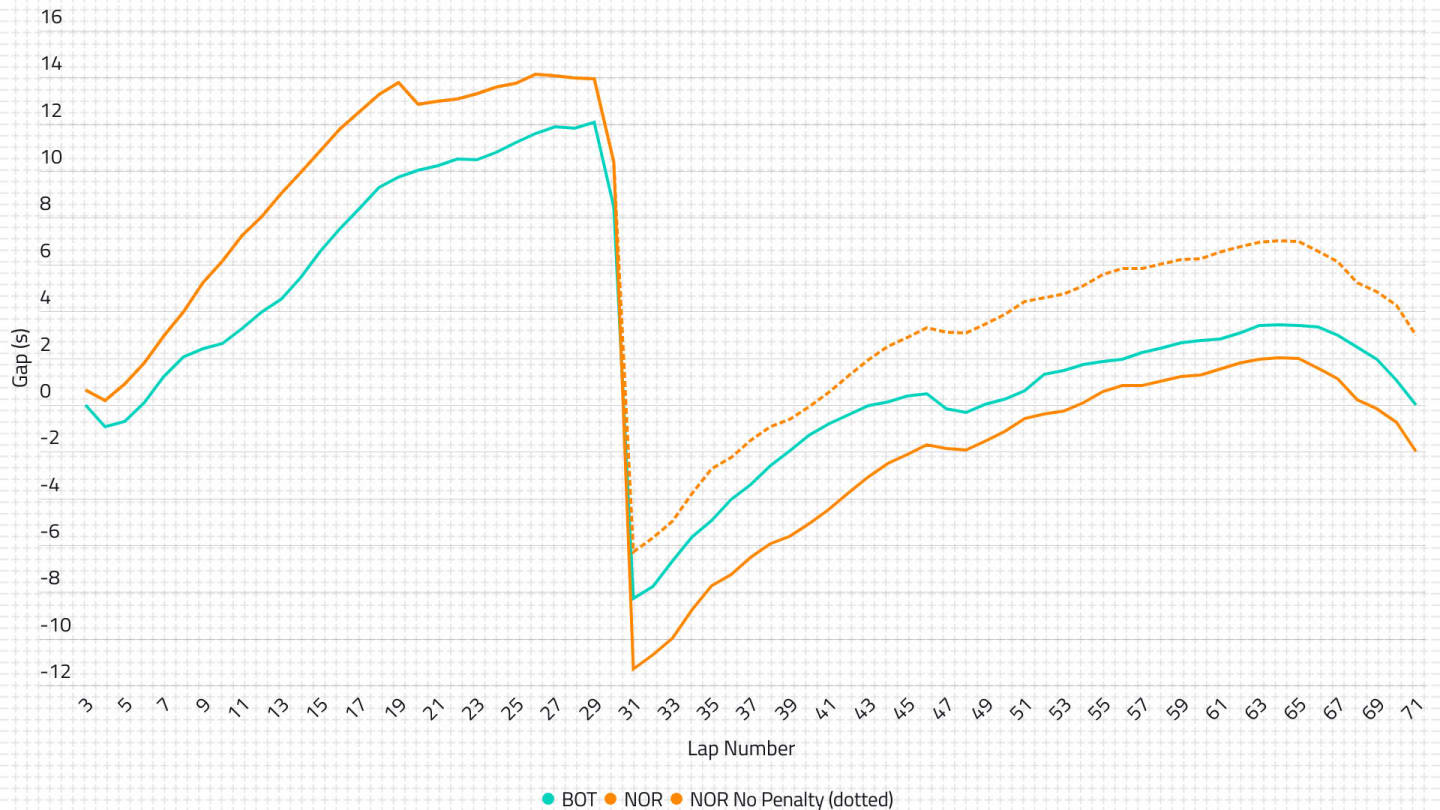
But let’s now travel, data fans, to an alternate reality where no penalty was given to Norris. That’s shown by the dotted orange line in the chart above.
As you can see, in this parallel universe, and given the McLaren’s pace, Norris should have comfortably been able to run all the way to the flag ahead of the Mercedes driver, with our simulations putting Norris ahead even if Mercedes had tried either the undercut or the overcut on the McLaren.
READ MORE: How McLaren’s upgrades helped Red Bull turn the screw on Mercedes in Austria
That pace advantage relative to Mercedes will have been encouraging for McLaren – but we doubt it will bring much comfort to either them, or Norris, in the wake of the Austrian Grand Prix.
YOU MIGHT ALSO LIKE
FeatureF1 Unlocked 6 Winners and 6 Losers from Japan – Who tasted success at Suzuka?
News Lawson looks for positives from Racing Bulls return as race gamble 'didn’t really work'
News Hadjar explains cockpit issues that left him ‘in pain’ as he warns against ‘silly mistakes’ in Japan GP

Video HIGHLIGHTS: Catch up on Verstappen's stellar victory at the Japanese Grand Prix
